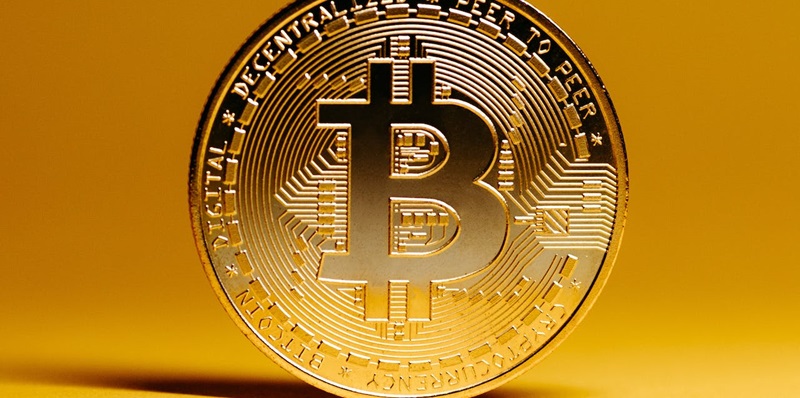Binance, one of the world’s leading cryptocurrency exchanges, has announced its plans to merge the dual BNB Beacon Chain (BEP-2) and BNB Smart Chain (BEP-20) chain structures into a single, unified blockchain. This move aims to enhance the efficiency and security of the BNB Smart Chain ecosystem while preserving users’ assets. In this article, we will explore the details of this fusion process and the importance of active user participation.
Background on BNB Smart Chain’s Dual-Chain Structure
Currently, Binance’s BNB Smart Chain operates with a dual-chain structure consisting of the BNB Beacon Chain (BEP-2) and the BNB Smart Chain (BEP-20). However, this setup poses certain challenges, including the need for constant bridging and potential security vulnerabilities. To overcome these limitations, developers have decided to merge these chains into a single blockchain.
Recommendation for Users to Transfer Tokens
To ensure the preservation of their assets, BNB Smart Chain users are strongly advised to transfer their BEP-2 and BEP-8 tokens to the BEP-20 chain. This transfer should be done on a 1:1 ratio basis, safeguarding the value of their tokens during the fusion process.
Transfer options and methods
Transferring tokens can be done through various means, including centralized and decentralized exchanges. Additionally, users can utilize the BNB Chain Wallet or other self-custody wallets. These options provide flexibility and convenience for users to complete the token transfer smoothly.
Deadline for BNB Chain Fusion
The tentative deadline for the BNB Chain Fusion has been set for April 2024. It is crucial for users to complete the transfer process before this deadline to avoid any potential complications or loss of assets.
Consequences of Not Bridging Assets by the Deadline
Users who fail to bridge their assets by the deadline will still have a chance to recover them using a legacy feature. However, this recovery process may take up to seven days, causing potential inconvenience and delay. To expedite asset recovery, it is highly recommended to complete the transfer within the specified timeframe.
Recovery Process After the Deadline
In the event users miss the fusion deadline, a recovery feature will be available. However, instead of a user interface, only a command-line prompt will be provided. This process intends to streamline recovery operations while ensuring the security of users’ assets.
Ineligibility for Recovery of BEP-2 Tokens without Cross-Chain Support
Developers have issued a warning that BEP-2 tokens issued without cross-chain support will not be eligible for recovery once the BNB Beacon Chain is deactivated. Therefore, it is crucial for token issuers to establish cross-chain functionality before the fusion process to avoid irreversible loss.
The Importance of Active User Participation
Active user participation throughout the fusion process is vital for protecting assets. By following the recommended transfer process and completing it within the provided timeframe, users can mitigate potential risks and safeguard their tokens effectively.
Reasons for merging the dual-chain structure
The decision to merge the dual-chain structure arises from the need to accelerate development iteration while addressing security vulnerabilities. The current system, with constant bridging requirements, hinders the smooth progression of development and exposes BNB Smart Chain to potential threats. By consolidating the chains into a single blockchain, Binance aims to enhance efficiency, security, and the overall user experience.
Binance’s plan to merge the dual BNB Beacon Chain and BNB Smart Chain into a single blockchain signifies a significant step towards improving the efficiency and security of the BNB Smart Chain ecosystem. Users are strongly recommended to transfer their BEP-2 and BEP-8 tokens to the BEP-20 chain before the specified deadline in order to ensure the preservation of their assets. By actively participating in the fusion process, users can confidently protect their holdings while contributing to the ongoing evolution of the Binance ecosystem.

